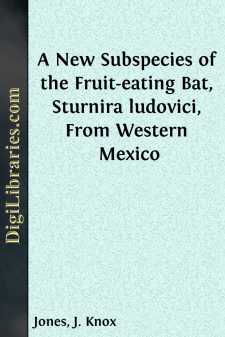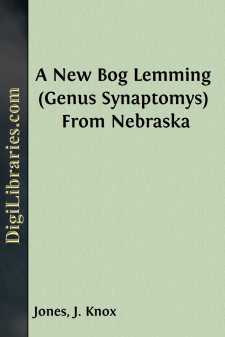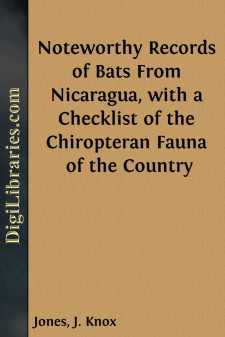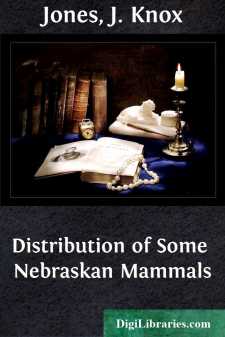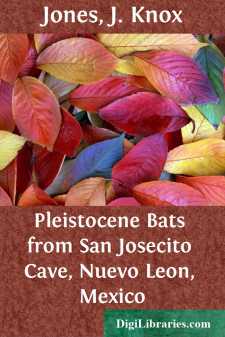Categories
- Antiques & Collectibles 13
- Architecture 36
- Art 48
- Bibles 22
- Biography & Autobiography 813
- Body, Mind & Spirit 141
- Business & Economics 28
- Children's Books 12
- Children's Fiction 9
- Computers 4
- Cooking 94
- Crafts & Hobbies 4
- Drama 346
- Education 46
- Family & Relationships 57
- Fiction 11826
- Games 19
- Gardening 17
- Health & Fitness 34
- History 1377
- House & Home 1
- Humor 147
- Juvenile Fiction 1873
- Juvenile Nonfiction 202
- Language Arts & Disciplines 88
- Law 16
- Literary Collections 686
- Literary Criticism 179
- Mathematics 13
- Medical 41
- Music 40
- Nature 179
- Non-Classifiable 1768
- Performing Arts 7
- Periodicals 1453
- Philosophy 64
- Photography 2
- Poetry 896
- Political Science 203
- Psychology 42
- Reference 154
- Religion 513
- Science 126
- Self-Help 83
- Social Science 81
- Sports & Recreation 34
- Study Aids 3
- Technology & Engineering 59
- Transportation 23
- Travel 463
- True Crime 29
An Annotated Checklist of Nebraskan Bats
by: J. Knox Jones
Description:
Excerpt
The first mention of bats in Nebraska possibly was by Harrison Allen, in his "Monograph of the Bats of North America" (1864:14, 20, 30, 35, 42), who listed Nycticejus crepuscularis [= Nycticeius humeralis], Lasiurus borealis, Scotophilus carolinensis and Scotophilus fuscus [both = Eptesicus fuscus], and Scotophilus noctivagans [= Lasionycteris noctivagans], as collected in "Nebraska" (then Nebraska Territory) by J. G. Cooper. Henry W. Setzer (in litt.) reports that none of the bats collected by Cooper now exists in the United States National Museum and that no data pertaining to any of them are available except that a single specimen of Nycticeius humeralis was traded to the British Museum in 1866. Cooper journeyed through parts of the present state of Nebraska in the summer and autumn of 1857 and, judging from Taylor's (1919:72-80) report of Cooper's travels, this was the only time he entered any part of Nebraska Territory. The writers are of the opinion that the specimens in question probably were collected in Nebraska; but since Allen listed no exact localities or dates of collection and since the specimens and data pertaining to them are not now available, we have not included them here as Nebraskan records.
In the first comprehensive account of Nebraskan mammals, Myron H. Swenk (1908:137-139) listed six kinds of bats, Myotis evotis, Myotis californicus ciliolabrum [= Myotis subulatus subulatus], Lasionycteris noctivagans, Eptesicus fuscus, Lasiurus borealis, and Lasiurus cinereus, as occurring within the state. Zimmer (1913:665) recorded Nyctinomus mexicanus [= Tadarida mexicana] from Nebraska. Subsequently, Swenk (1915:854) reported Myotis lucifugus lucifugus in the state and three years later (1918:411) he reported Eptesicus fuscus pallidus for the first time. The report of M. l. lucifugus seemingly was not substantiated by any actual specimens. The addition of Myotis volans interior (Quay, 1948:181) brought to ten the number of species and subspecies of bats reported from the state.
In the present paper, Myotis keenii septentrionalis, Myotis lucifugus carissima, and Pipistrellus subflavus subflavus are reported from Nebraska for the first time. Also, the first authentic record of Myotis lucifugus lucifugus is presented, along with additional information on previously reported species. A total number of 169 specimens from Nebraska was available for the present study. This includes almost all of the known specimens preserved in all collections as well as material obtained by us in the past six years.
Nebraska has no natural caves or caverns; however, there are two extensive man-made limestone caves near Louisville, in Cass and Sarpy counties, where four kinds of bats have been found. Two of these are here reported as new to Nebraska. The quarries, one on either side of the Platte River Valley, are in a horizontal stratum of limestone 40 feet in thickness, and are of the room and pillar type; that is to say, the stone has been quarried away leaving rooms having supporting pillars approximately every 50 feet. The average temperatures in summer and winter within these tunnels, recorded over a period of several years by the Ash Grove Lime and Portland Cement Company of Louisville, are 65° F. and 50° F. respectively. The Kiewit Stone Quarry, abandoned since 1936, is one-half mile west of Meadow, Sarpy County, and has one remaining entrance measuring approximately 30 by 30 feet. This quarry has an area of approximately one-fifth square mile and is usually flooded with several feet of water. The other man-made cave, known formerly as the National Stone Quarry, is one mile northeast of Louisville, Cass County. This quarry was abandoned in September, 1938, and until the winter of 1948-1949 had eight or nine entrances and two air shafts. It was approximately one-third square mile in area. All the openings to this quarry were covered in late 1949. Bats were first observed in the National Stone Quarry by one of us (Webb) as early as 1939, less than a year after operations in the quarry ceased.
METHODS AND ACKNOWLEDGMENTS
Records of Nebraskan bats are arranged in two categories; specimens examined and additional records. The latter refer to citations in the literature....



